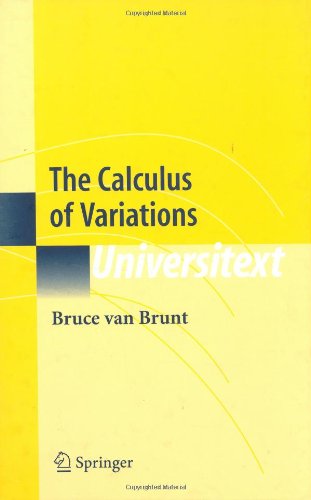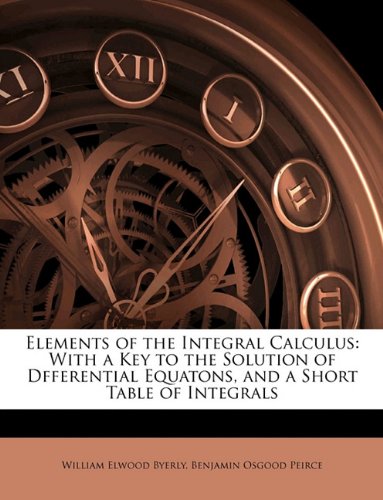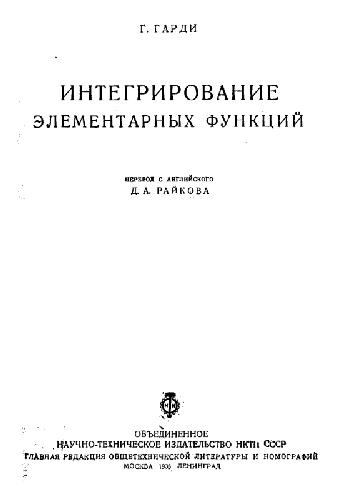Bruce van Brunt9780387402475, 0-387-40247-0
Table of contents :
Title……Page 1
Preface……Page 4
Table of Contents……Page 7
1.1 Introduction……Page 10
1.2 The Catenary and Brachystochrone Problems……Page 12
1.3 Hamilton’s Principle……Page 19
1.4 Some Variational Problems from Geometry……Page 23
1.5 Optimal Harvest Strategy……Page 30
2.1 The Finite-Dimensional Case……Page 32
2.2 The Euler-Lagrange Equation……Page 37
2.3 Some Special Cases……Page 45
2.4 A Degenerate Case……Page 51
2.5 Invariance of the Euler-Lagrange Equation……Page 53
2.6 Existence of Solutions to the Boundary-Value Problem……Page 58
3.1 Functionals Containing Higher-Order Derivatives……Page 64
3.2 Several Dependent Variables……Page 69
3.3 Two Independent Variables……Page 74
3.4 The Inverse Problem……Page 79
4.1 The Finite-Dimensional Case and Lagrange Multipliers……Page 82
4.2 The Isoperimetric Problem……Page 92
4.3 Some Generalizations on the Isoperimetric Problem……Page 104
5.1 The Sturm-Liouville Problem……Page 111
5.2 The First Eigenvalue……Page 117
5.3 Higher Eigenvalues……Page 123
6.1 Holonomic Constraints……Page 127
6.2 Nonholonomic Constraints……Page 134
6.3 Nonholonomic Constraints in Mechanics……Page 140
7.1 Natural Boundary Conditions……Page 142
7.2 The General Case……Page 151
7.3 Transversality Conditions……Page 157
8.The Hamiltonian Formulation……Page 165
8.1 The Legendre Transformation……Page 166
8.2 Hamilton’s Equations……Page 170
8.3 Symplectic Maps……Page 177
8.4 The Hamilton-Jacobi Equation……Page 181
8.5 Separation of Variables……Page 191
9.1 Conservation Laws……Page 207
9.2 Variational Symmetries……Page 208
9.3 Noether’s Theorem……Page 213
9.4 Finding Variational Symmetries……Page 219
10.1 The Finite-Dimensional Case……Page 227
10.2 The Second Variation……Page 231
10.3 The Legendre Condition……Page 233
10.4 The Jacobi Necessary Condition……Page 238
10.5 A Sufficient Condition……Page 247
10.6 More on Conjugate Points……Page 251
10.7 Convex Integrands……Page 263
A.1 Taylor’s Theorem…….Page 267
A.2 The Implicit Function Theorem……Page 271
A.3 Theory of Ordinary Differential Equations……Page 274
B.1 Normed Spaces……Page 278
B.2 Banach and Hilbert Spaces……Page 283
References……Page 287
Index……Page 290







Reviews
There are no reviews yet.